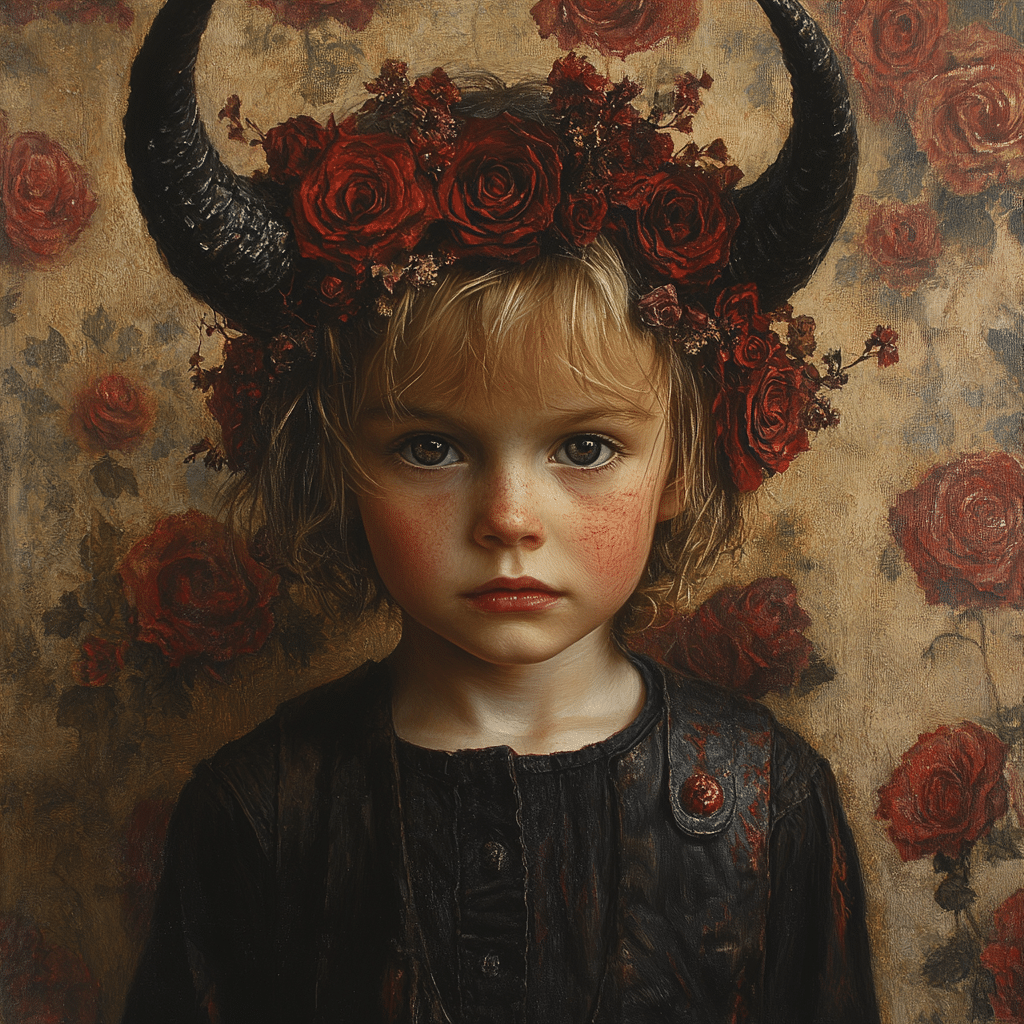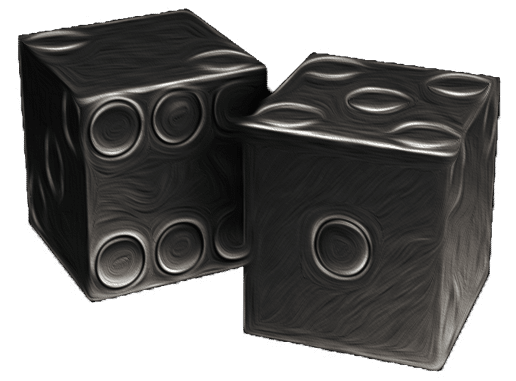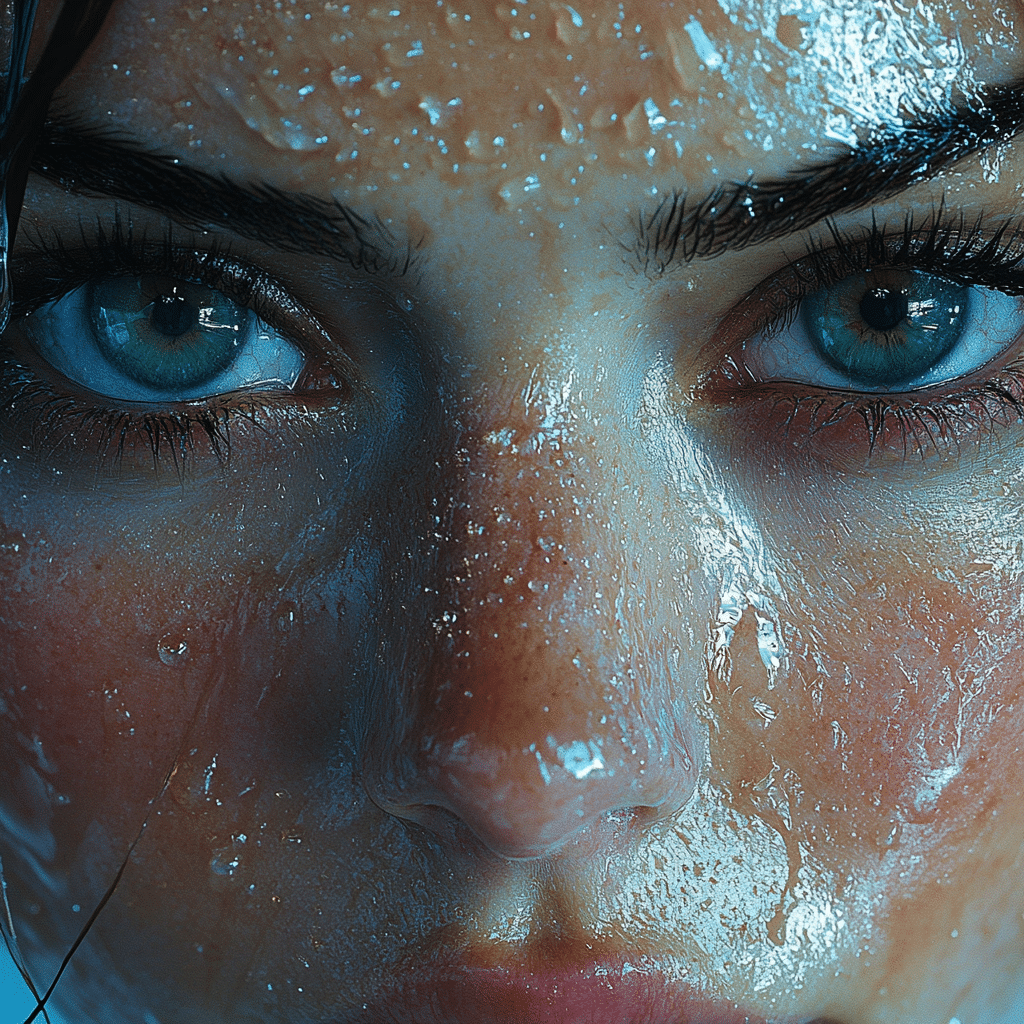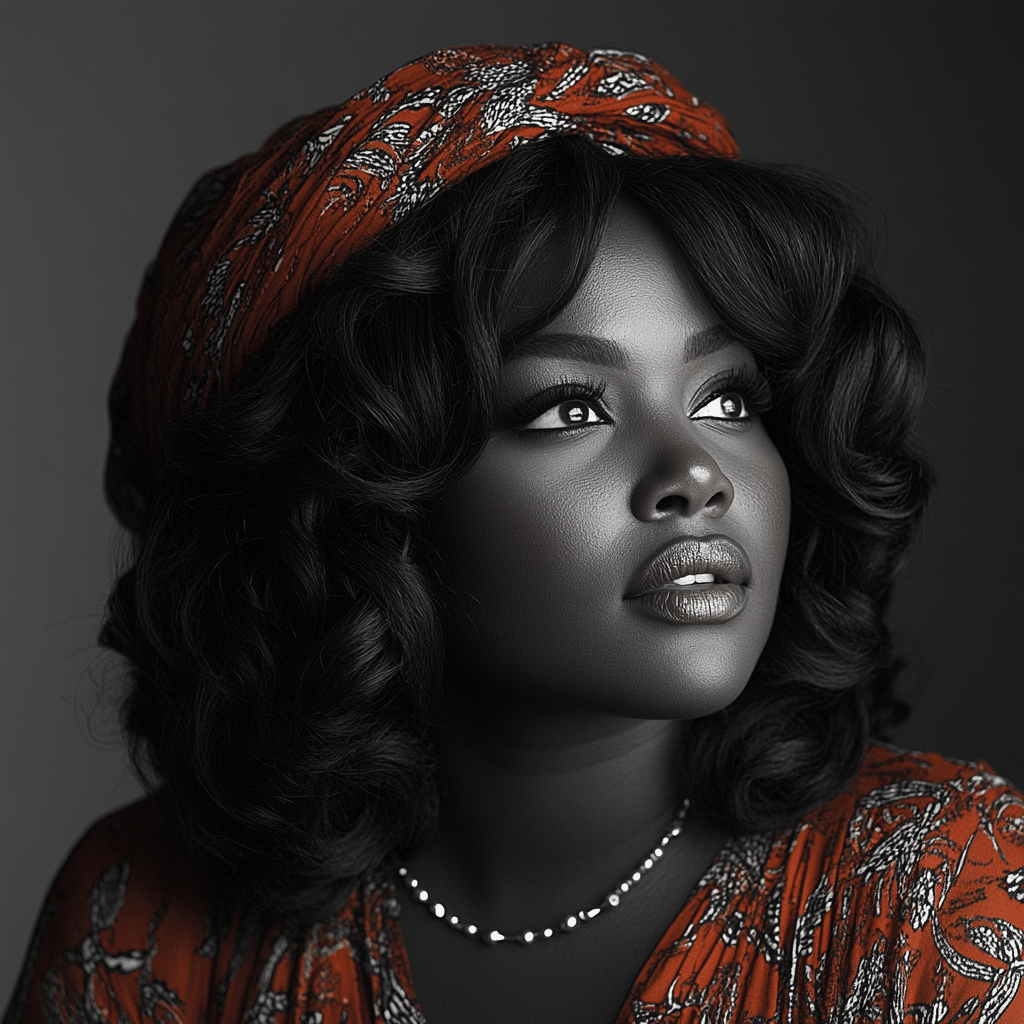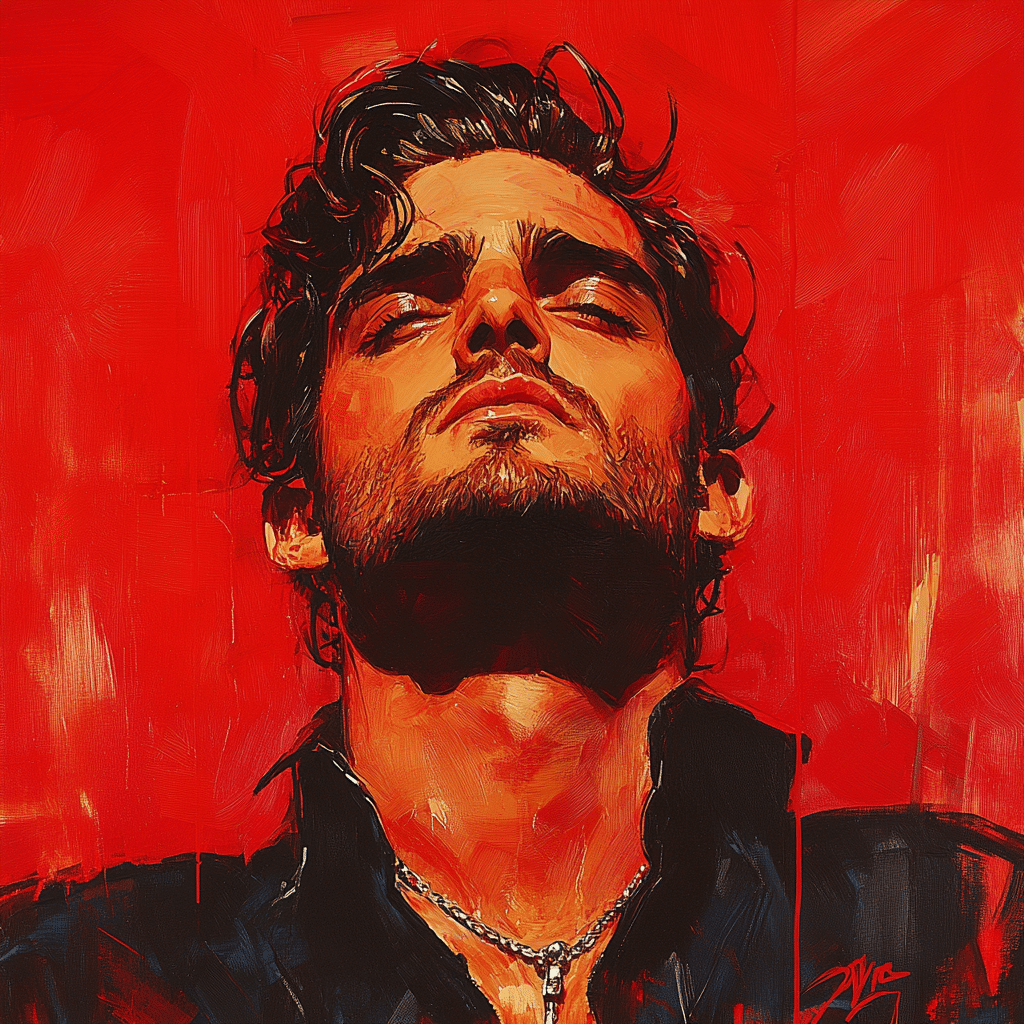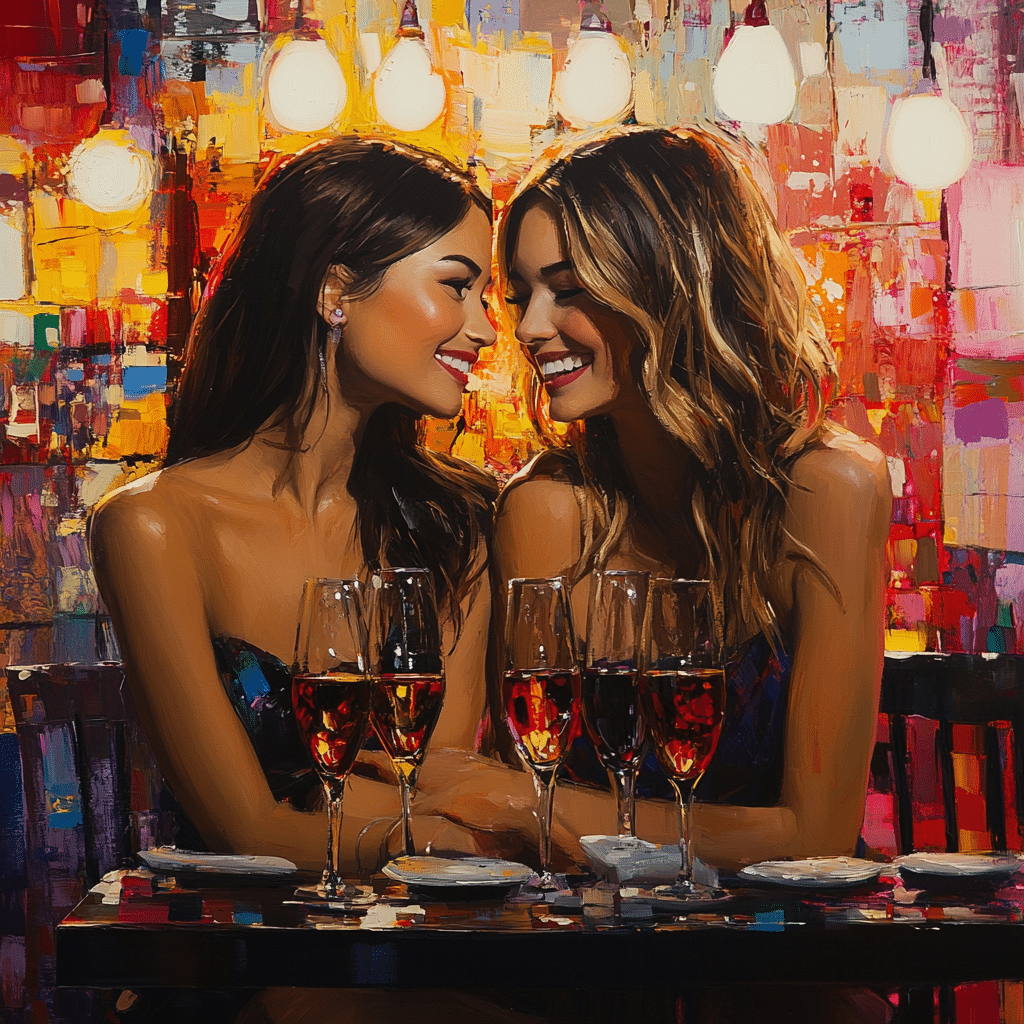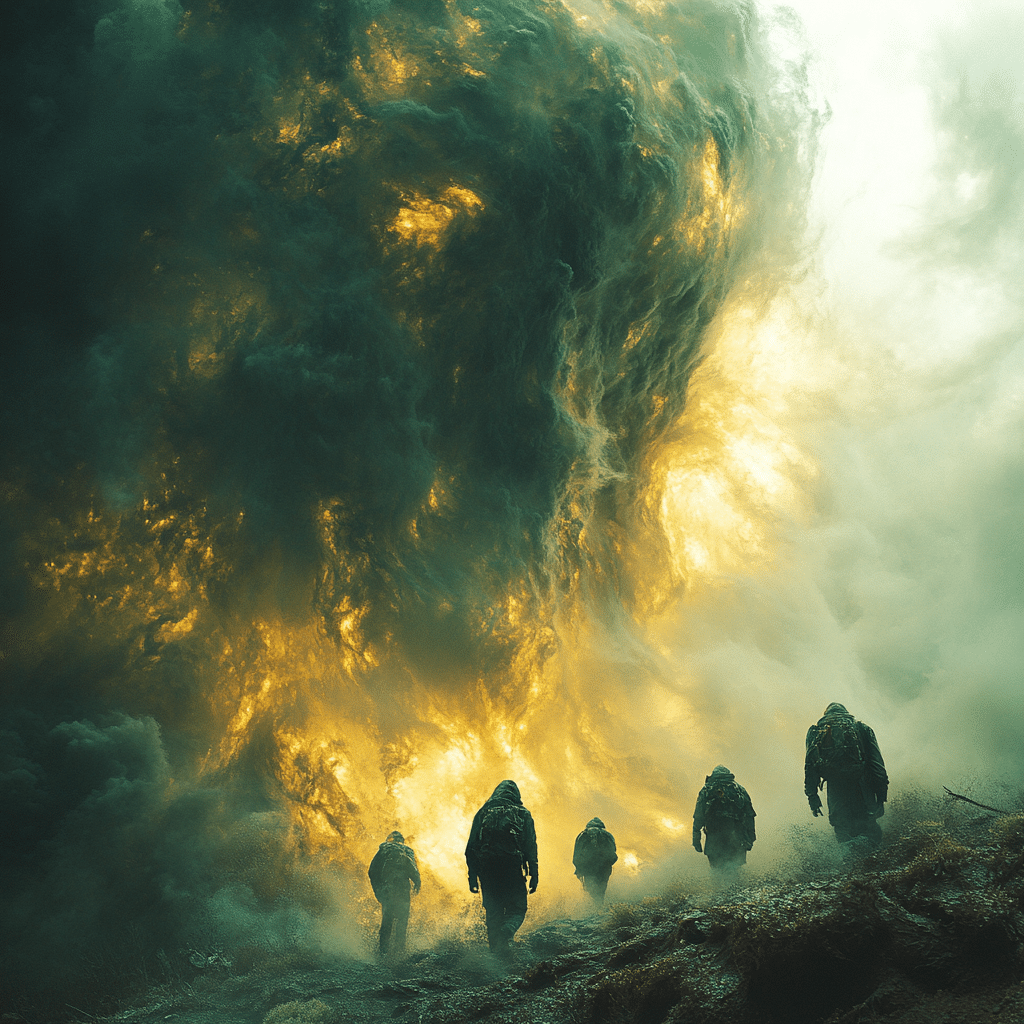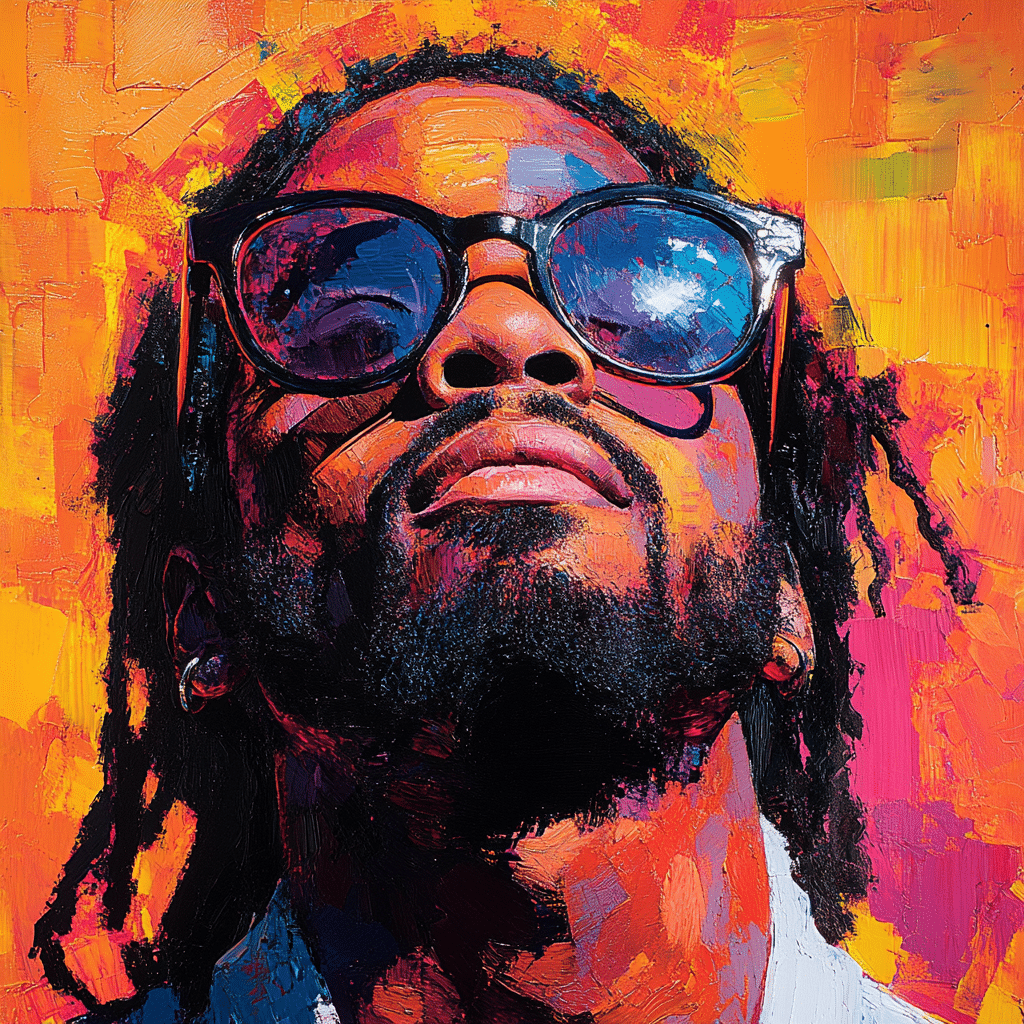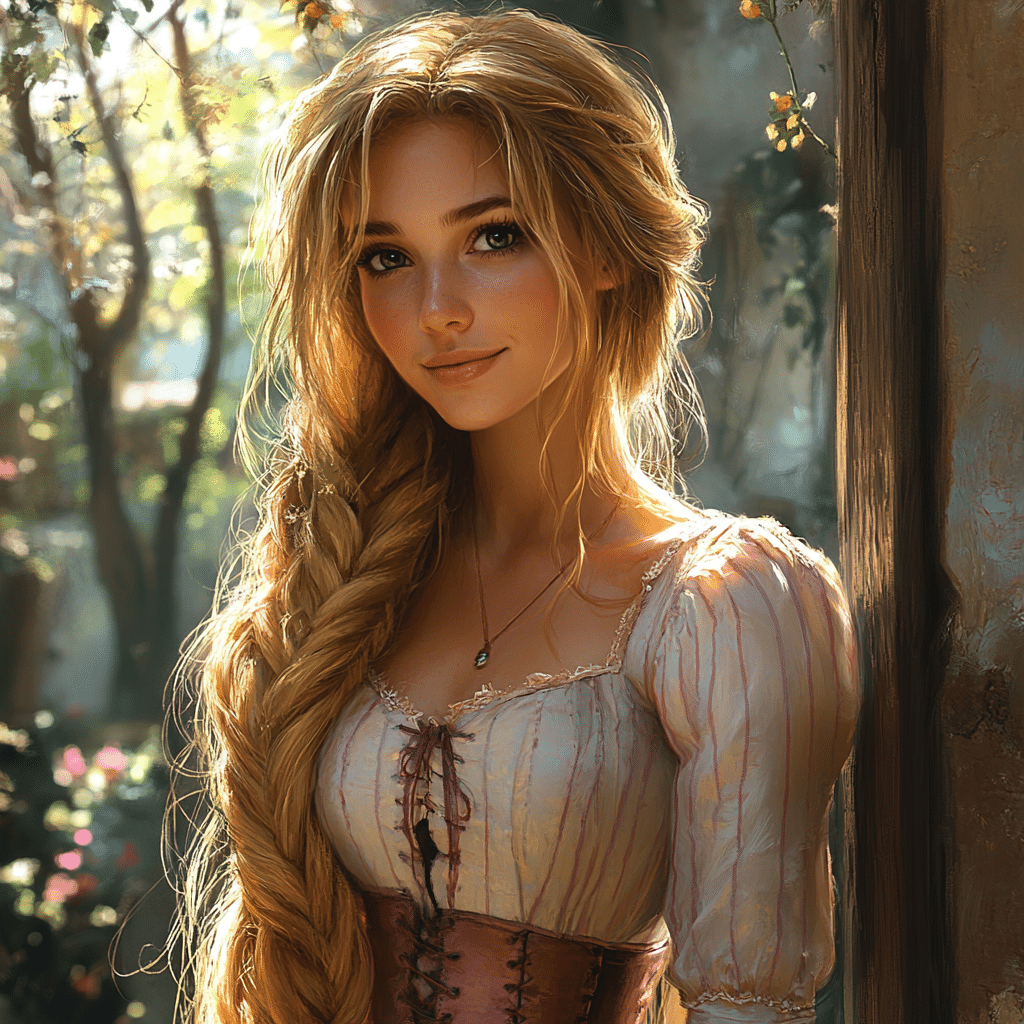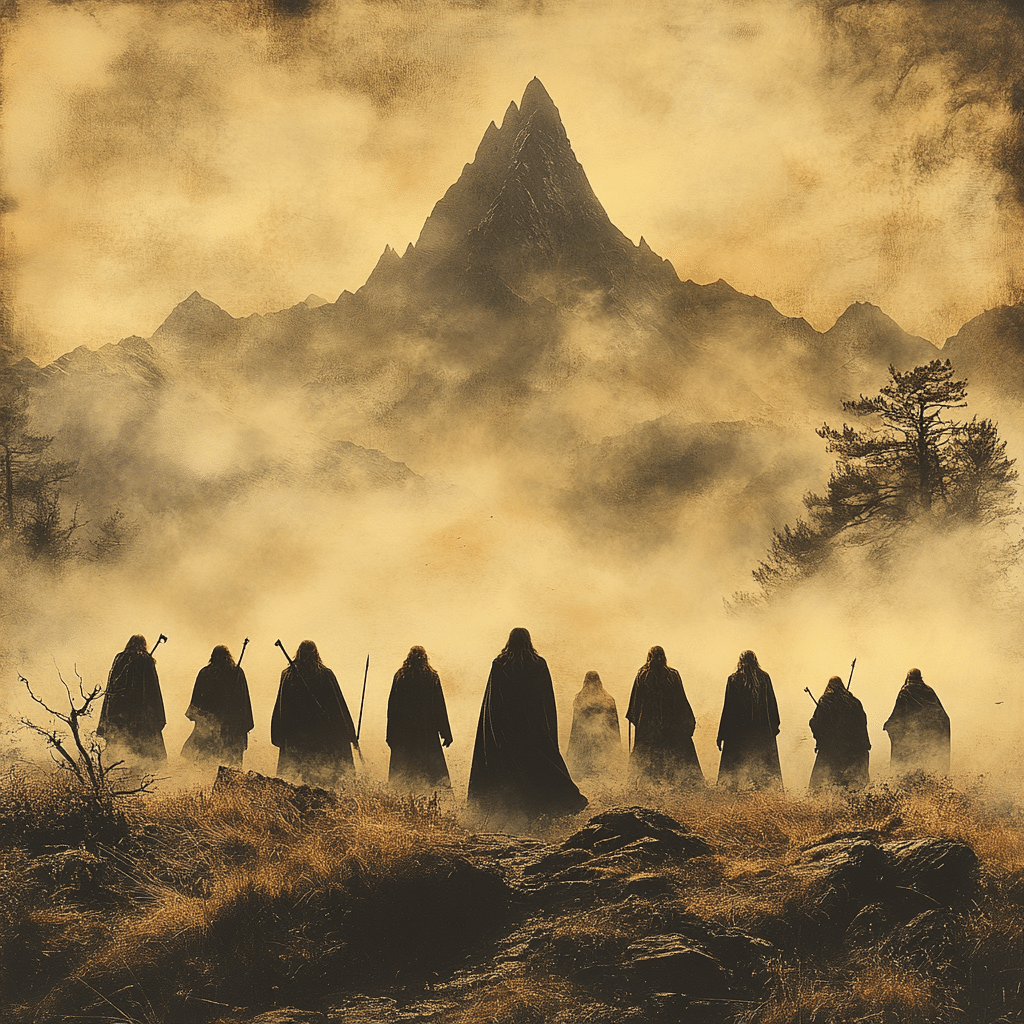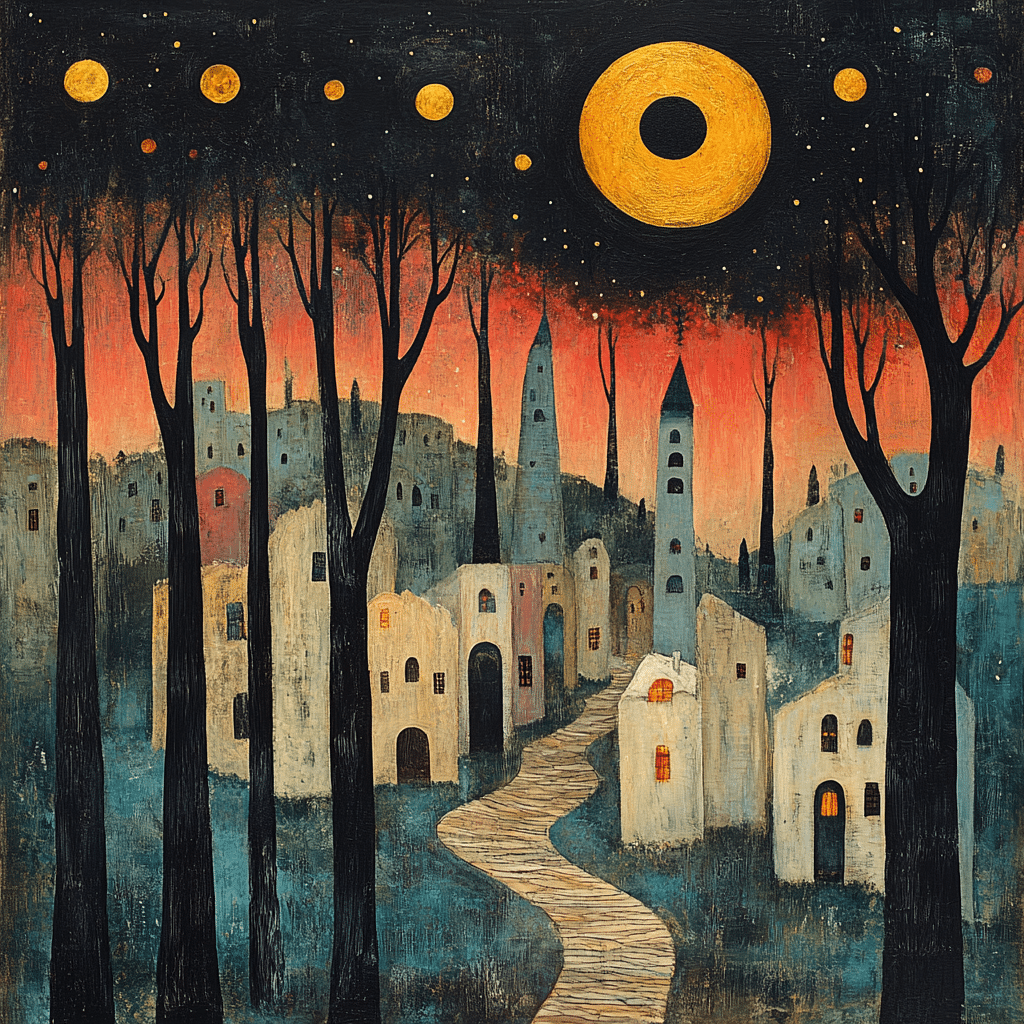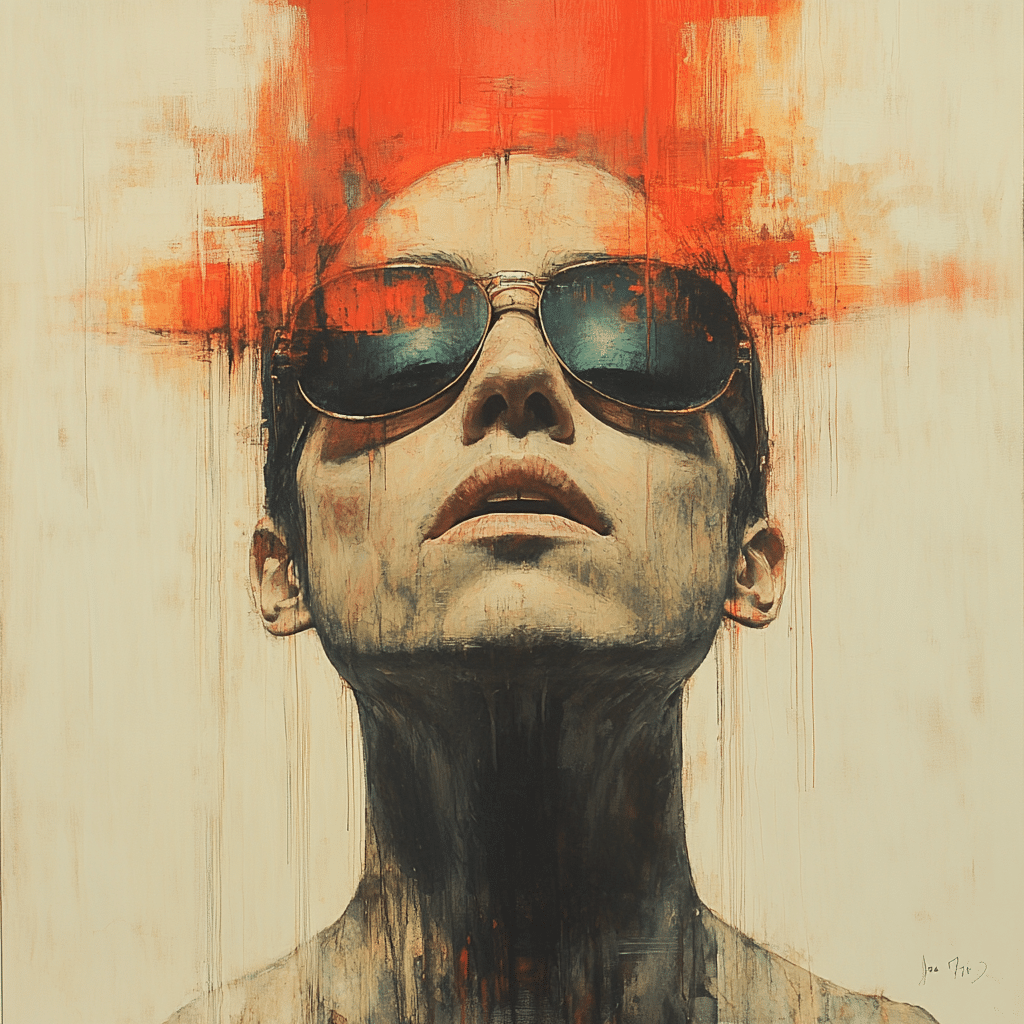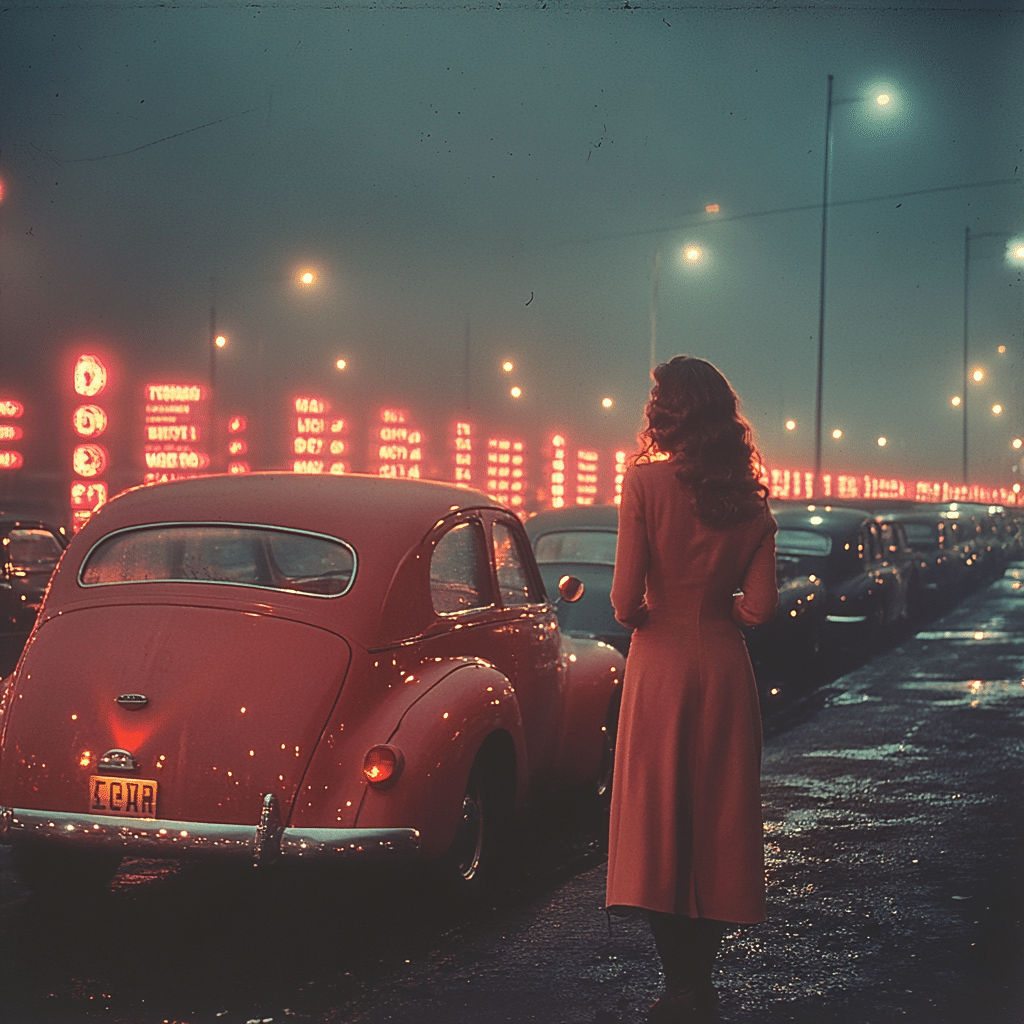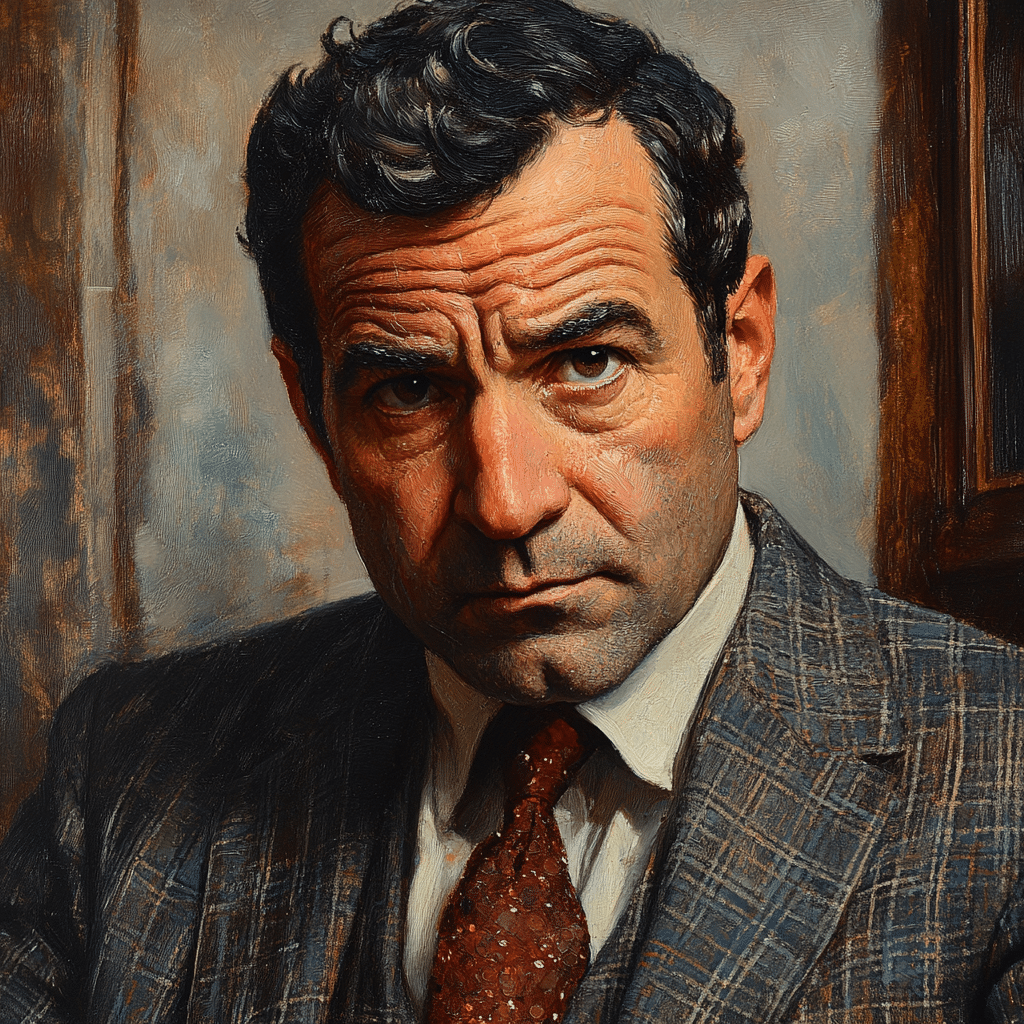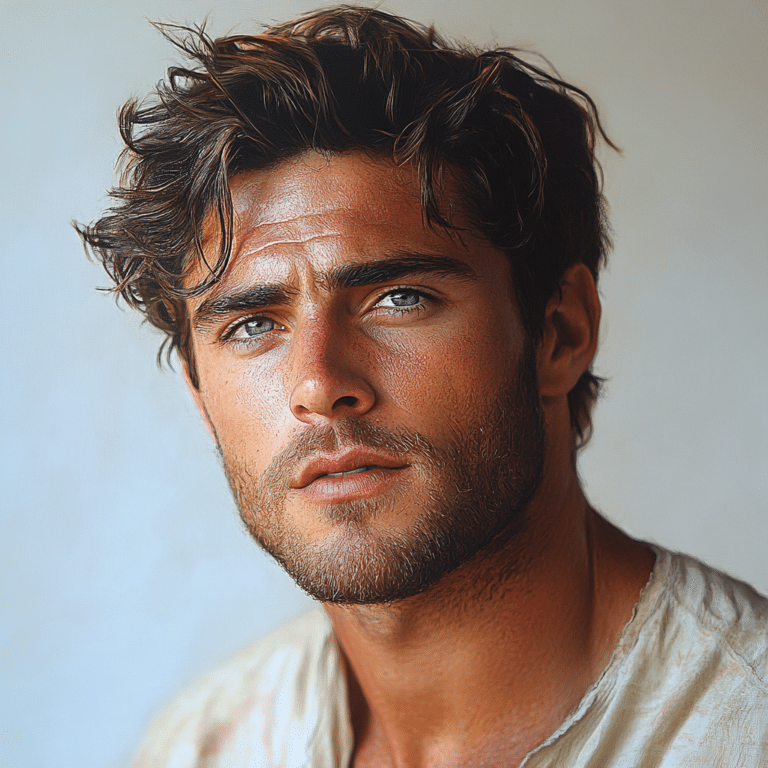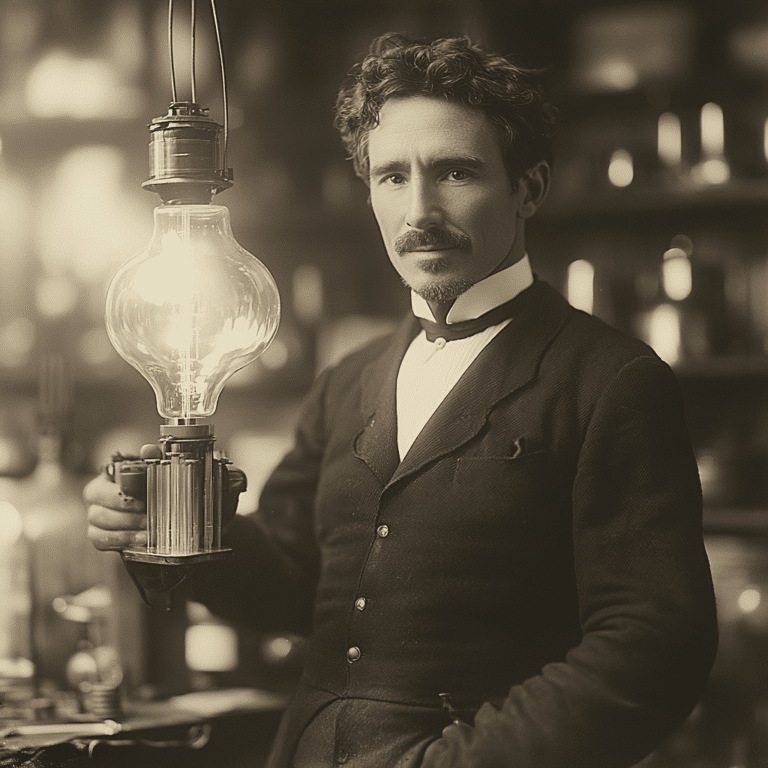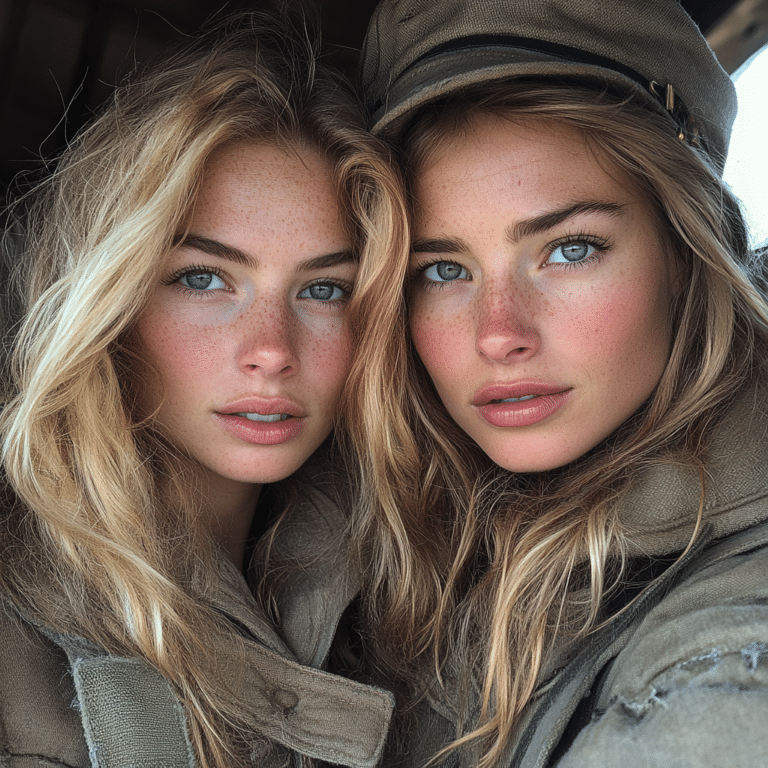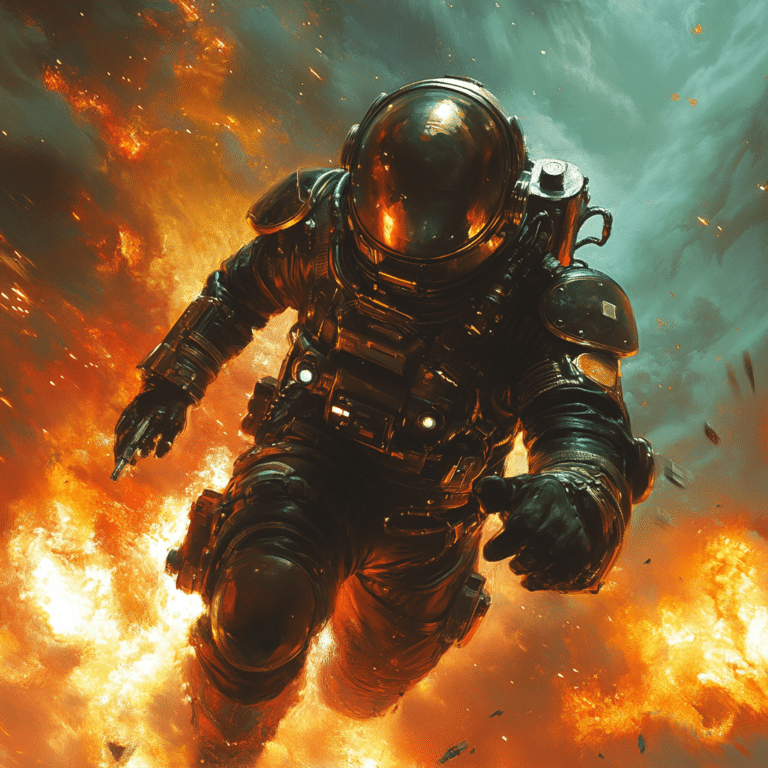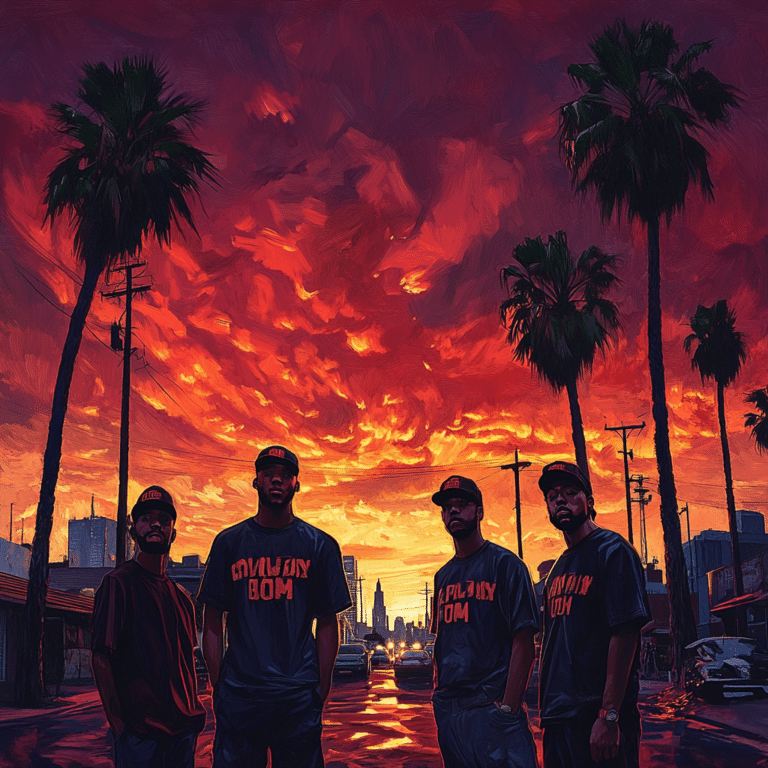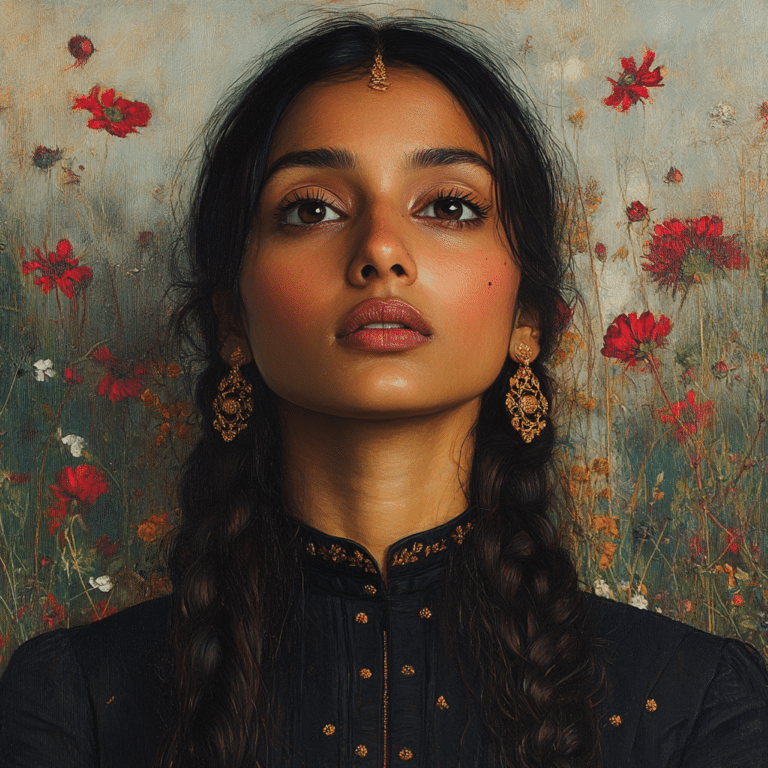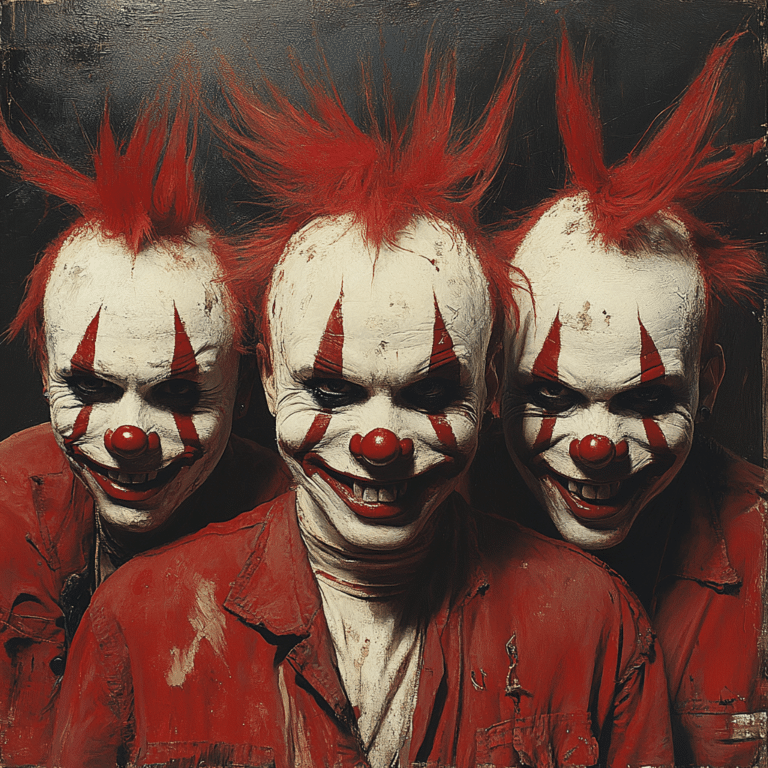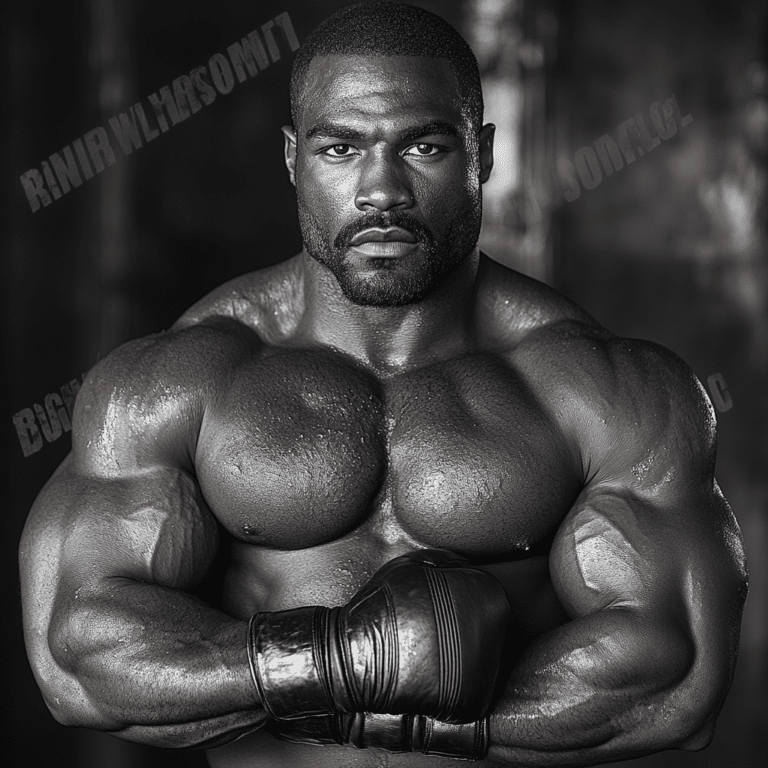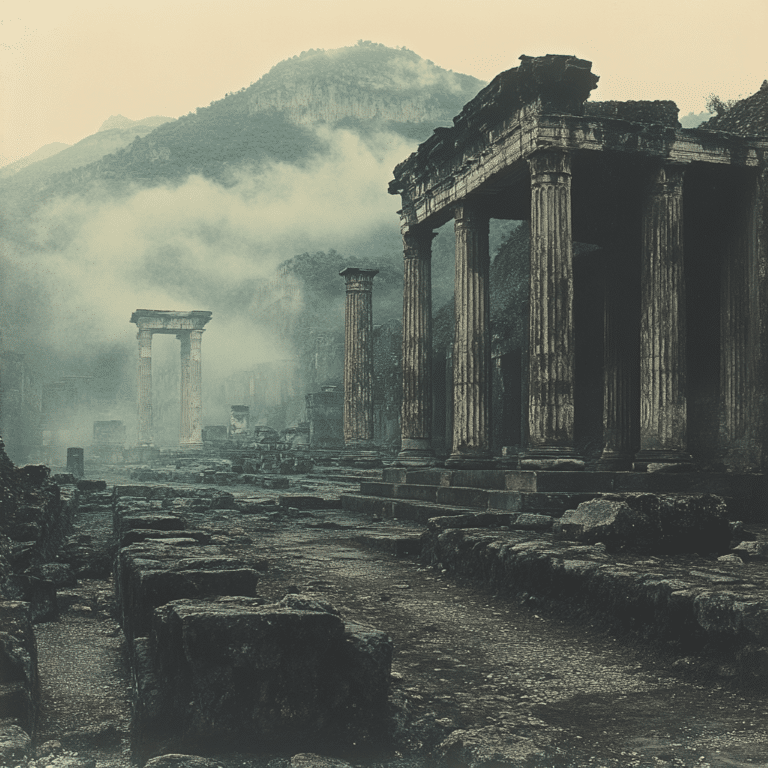In the world of cinema and storytelling, diabolical characters loom large over our imaginations, casting long shadows of fear and intrigue. These nefarious figures aren’t just antagonists; they’re complex representations of humanity’s darker side, pushing us to question our own morals and the fabric of society. From the pages of classic literature to contemporary blockbusters, their sinister behaviors and twisted motivations capture audiences’ attention, compelling us to wonder, “What’s going on in that character’s mind?” Buckle up as we explore seven iconic characters who’ve haunted our dreams and nightmares, leaving us both fascinated and terrified.

Top 7 Diabolical Characters That Embody Nefarious Traits
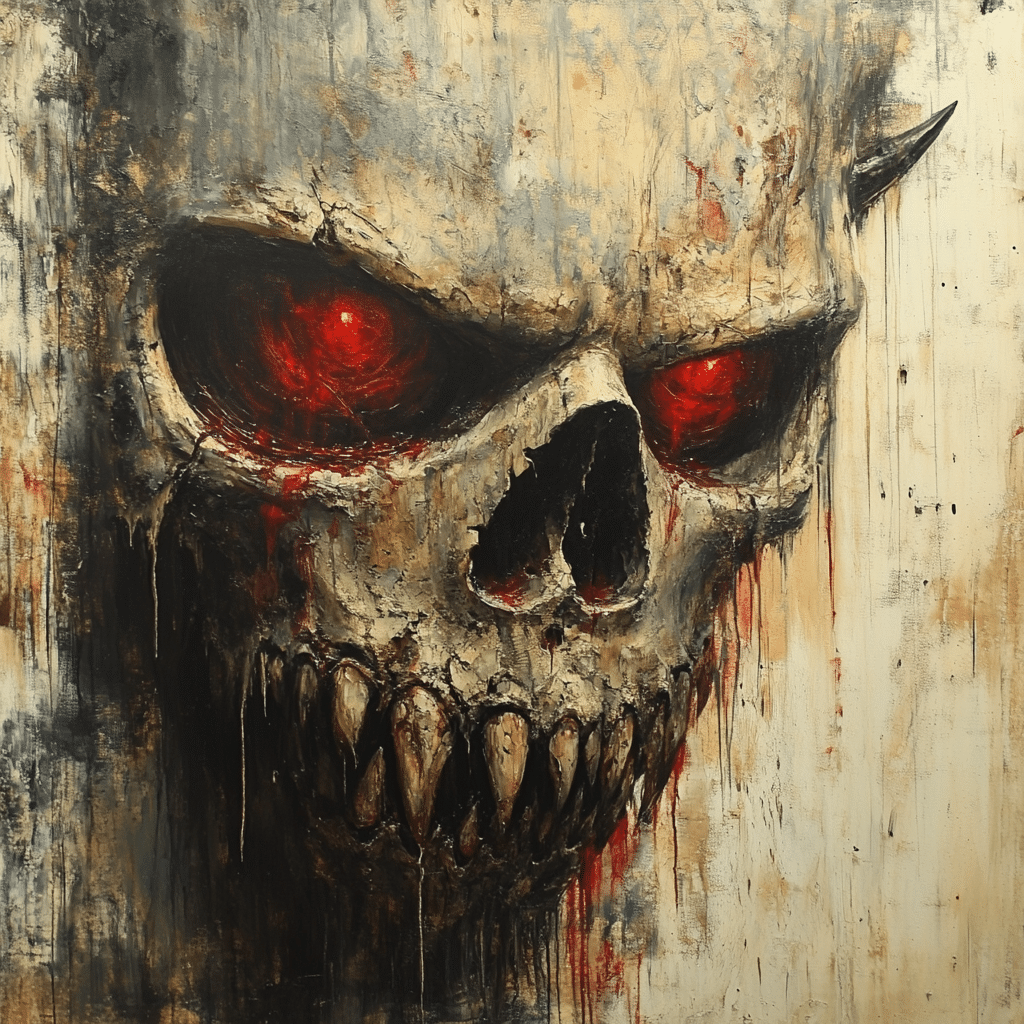
1. Hannibal Lecter (The Silence of the Lambs)
The quintessential blend of charm and horror, Dr. Hannibal Lecter is the epitome of refined evil. Played masterfully by Anthony Hopkins, he’s more than just a cannibalistic serial killer; he’s a brilliant psychiatrist who psychologically manipulates those around him. His diabolical nature becomes apparent as he toys with FBI agent Clarice Starling (Jodie Foster), showcasing how evil can be as enchanting as it is disturbing.
Hannibal challenges the notions of morality and humanity, effortlessly flipping the narrative as he becomes both captor and confidant. This blend of intelligence and malevolence leaves us questioning the nature of evil itself. So, who can resist the allure of a villain with a taste for fine wine and human flesh?
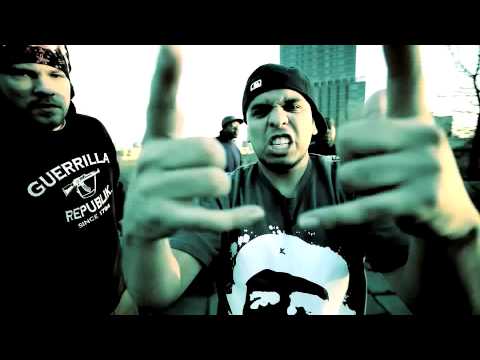
2. The Joker (The Dark Knight)
If there’s one character that personifies chaos, it’s the Joker, especially in Heath Ledger’s unforgettable portrayal. This diabolical figure thrives on unpredictability and anarchy, turning Gotham upside down to challenge Batman (Christian Bale) at every turn. His twisted philosophy and diabolical actions raise profound questions about morality, justice, and the very fabric of society.
Through his antics, the Joker reveals the underlying fragility of order, showing how quickly civilization can spiral into chaos. His manic laughter echoes long after the movie ends, leaving viewers contemplating the philosophical implications of evil. Plus, who can forget his iconic line: “Why so serious?”
3. Amy Dunne (Gone Girl)
Amy Dunne breaks the mold as a diabolical female villain who is both complex and relatable. In Gone Girl, she orchestrates an elaborate scheme to frame her husband for her disappearance, revealing the depths of her twisted psyche. Her character taps into the unsettling realities of societal expectations, making her motives all the more chilling.
Amy’s nefarious actions critique the narrative of victimhood, exposing the façades normal people create behind closed doors. We’re left grappling with her portrayal of a woman wronged, yet undeniably terrifying. Talk about flipping the script!
4. Lord Voldemort (Harry Potter Series)
Voldemort stands as a monumental figure within children’s literature, emblematic of diabolical villainy and the quest for power. His morbid obsession with immortality leads him to commit unspeakable acts, marking him as a true monster. With a past steeped in tragedy, we see the consequences of choices made in youth, adding layers to his nefarious persona.
The dark wizard’s terror resonates, especially with themes of fear, loss, and the allure of absolute control. Harry Potter teaches us about the dangers of power and how it can corrupt even the most innocent hearts. Remember, not all families are as charming as they seem—especially when your dad’s a dark lord!
5. Cersei Lannister (Game of Thrones)
Queen Cersei Lannister captivates audiences with her epic power plays and cunning strategies. A formidable character in Game of Thrones, her diabolical ambition drives her to betray allies and unleash violence—all for the sake of her children and her thirst for the Iron Throne.
Cersei’s cunning reveals how deeply personal motivations can fuel nefarious acts. Her complex relationship with motherhood tugs at our heartstrings even as we’re disgusted by her ruthless methods. It’s hard not to admire her grit while also rooting for her downfall!
6. Anton Chigurh (No Country for Old Men)
With a chilling demeanor, Anton Chigurh embodies the philosophical weight of fate and morality. His calm yet deadly presence raises unsettling questions about justice and the randomness of violence. Sporting that iconic bowl cut and wielding a silenced shotgun, Chigurh’s nefarious methods and peculiar moral code paint a grim picture of humanity.
Through this antihero, we confront the chaos that exists in our everyday lives and the darker side of human choices. Chigurh’s appearance often signifies doom, reminding us of the inevitability of fate. Every time he spins that coin, the tension skyrockets—who will call it right?
7. Patrick Bateman (American Psycho)
Patrick Bateman, the epitome of 1980s yuppie culture, is a diabolical figure who thrives on excess and nihilism. In American Psycho, played by Christian Bale, he struts through life in designer suits while hiding his dark proclivities for violence and murder.
Bateman critiques consumerism and societal norms around masculinity, making us question the values we hold dear. His horrifying acts force us to confront the emptiness of a life driven by appearances, materialism, and privilege. Who knew that behind an impeccably polished exterior could lurk such darkness?
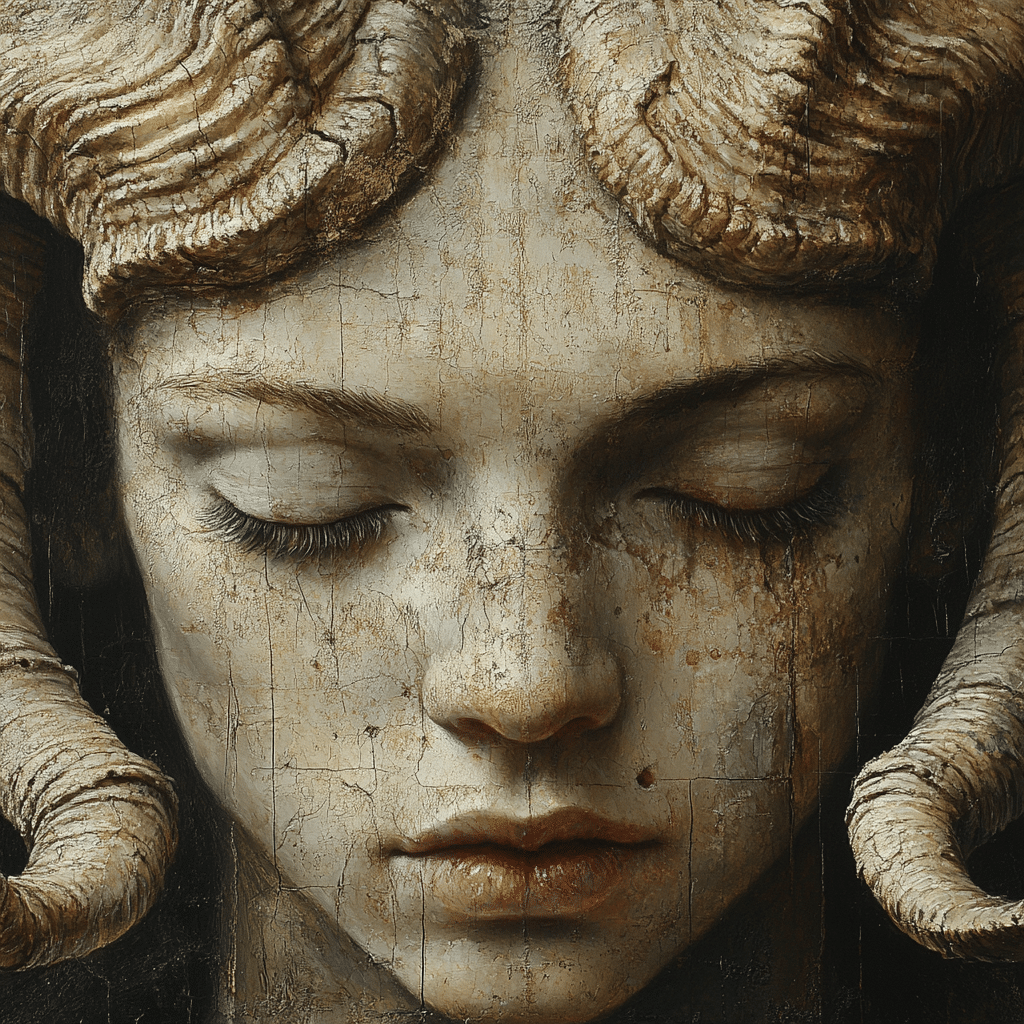
The Lasting Impact of Diabolical Characters on Culture
The diabolical characters we’ve explored reflect our societal fears and moral dilemmas. They force audiences to confront uncomfortable truths about humanity, evil, and the choices we make. As we binge-watch our favorite horror flicks or delve into thrilling narratives, these nefarious figures remind us of our own complexities—both light and dark.
Their haunting presence resonates long after the credits roll, challenging us to ponder profound questions about existence. Whether we find them terrifying or relatable, they shape our understanding of morality and humanity. In the end, diabolical characters craft stories that stick with us, leaving scars on our souls and haunting our dreams.
So the next time you find yourself watching a movie chock-full of nefarious characters, just remember: these diabolical figures are more than entertainment; they’re reflections of our deepest fears and desires.
And hey, if you ever want to unwind after a binge, consider your comfort with something nice, like a Birch mattress—it’s way less terrifying than Patrick Bateman’s antics!

Diabolical Characters That Haunt Our Nightmares
Iconic Villains in Film History
When we think of diabolical characters, our minds often conjure up images of unforgettable villains that have terrified audiences for generations. One standout example is Amitabh Bachchans role in the classic thriller “Sholay, where he takes on the diabolical character of a dreaded bandit. This iconic portrayal changed the face of Indian cinema and showed just how profoundly a villain can shape a story. It’s fascinating to consider how these characters reflect societal fears and anxieties, like how Zz Tops song “La Grange” famously highlighted the shadows hiding in plain sight.
But it’s not just film; these nightmarish characters have seeped into popular culture like an unwelcome guest. From horror movies to animated series, the traits of a diabolical villain often include cunning, charm, and of course, a memorable catchphrase. Take, for instance, the character of “The Joker,” who masterfully intertwines humor and horror, leaving an indelible mark on fans. Just as Happy Hour captures that fleeting time of joy, moments with these villains evoke shivers and excitement that keep viewers on the edge of their seats.
The Influence of Music and Culture
Did you know that the influence of music has played a significant role in the portrayal of diabolical characters? Songs have often accompanied scenes laden with suspense and dread. For instance, the eerie melodies in horror films can create a sense of unease similar to the edgy lyrics of artists like Alanis Morissette And her penchant for exploring dark themes. The contrast between light-hearted tunes and the darkness they accompany mirrors the complex nature of diabolical characters, showcasing the thin line between charm and malevolence.
Moreover, today’s creators have begun utilizing technology to generate unique representations of these figures. Platforms like Soulgen are changing how we visualize and portray villains, injecting fresh dimensions into their personalities. Much like the playful yet haunting spirits found in films, these technological advancements allow for diabolical creations that evolve alongside cultural perceptions of evil. In a world where even our relationships can be complex, as shown by innovations like We Vibe, it’s clear that we’re continually redefining our understanding of what makes a character truly diabolical.
A Modern Take on Evil
As Hollywood gears up for yet another installment in the “Bad Boys” franchise, we’re reminded of Theresa Randle’s previous performances that encapsulate the essence of diabolical charm. Her ability to blend humor with villainy is a testament to how multifaceted these characters can be. This evolution mirrors trends in pornography, seen in platforms like Nubilesporn, where the boundaries of attraction and repulsion often blur. The juxtaposition of desire and danger is a key feature in crafting memorable villains that stick with us long after the credits roll.
In today’s cinematic landscape, diabolical characters continue to haunt our dreams, keeping the pulse of storytelling alive. Whether they remind us of our worst fears or reflect the complexities of humanity, these portrayals remain integral to how we engage with the horrors that lurk just beneath the surface. The trick is mastering that delicate balance of evil sprinkled with intrigue, making sure they pique our interest before sending shivers down our spines!
